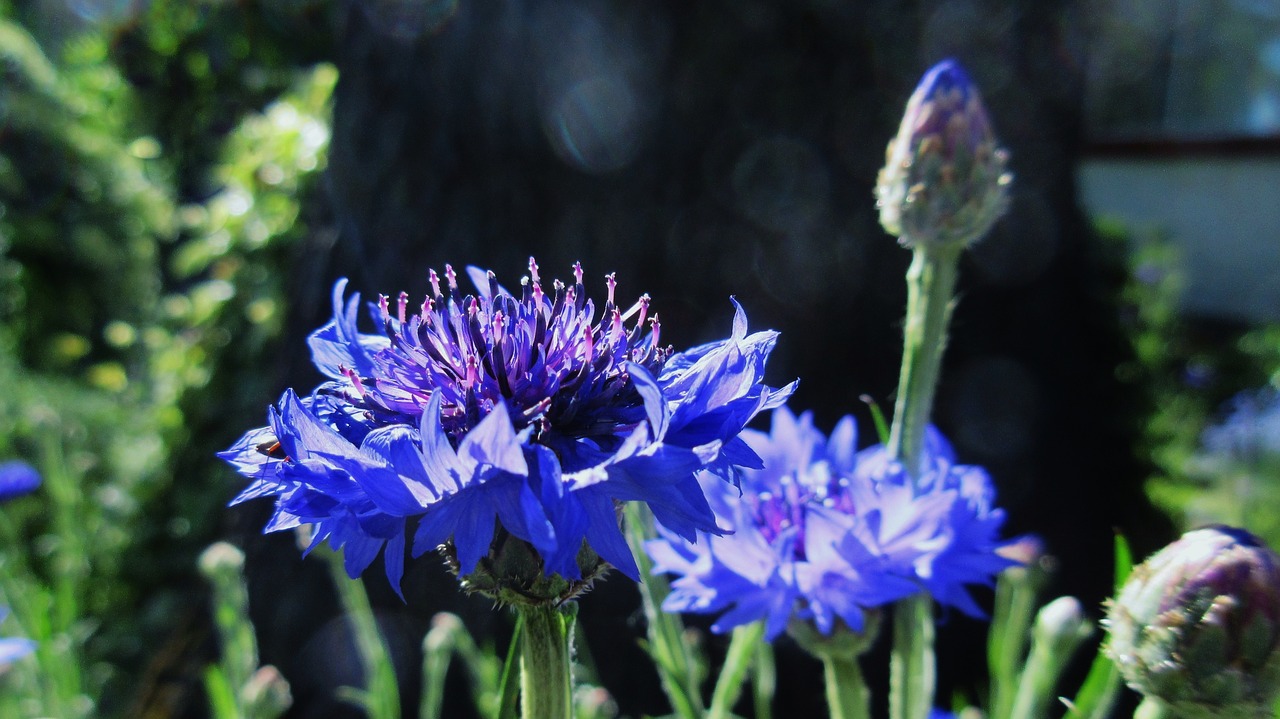Bachelor’s Buttons, cornflower
Bachelor’s Buttons, or Centaurea Cyanus, are an easy-to-grow addition to your cottage garden or pollinator plot.
These members of the aster family offer striking 1-2 inch flower heads on a tall stem in a number of vibrant colors. They’re prolific bloomers, adding color to your garden from late spring into early fall. They’re also a big favorite of butterflies, who find them conveniently tall and easy to land upon.
Bachelor’s Buttons, sometimes called cornflowers, grow from 1 to 3 feet high and are tolerant of poor soils. They love sunshine and require very little fertilizer or additional watering.
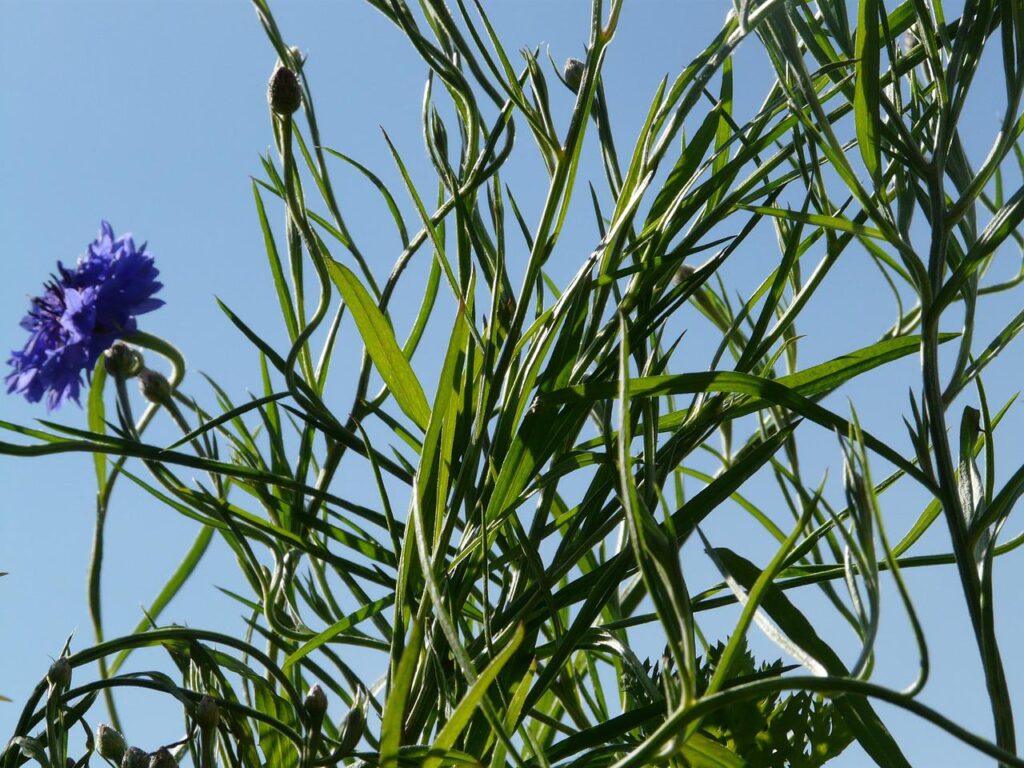
Benefits
- Tall but delicate flowering plant for cottage gardens
- Attractive to many bee species
- High sugar nectar makes it a vital food for butterflices
- Attracts predatory insects that protect brassicas
- Flowers are edible and used in tea and yogurt for color enhancement
- Excellent cut flower for arranging or drying
Centaurea Cyanus Description
Bachelor’s buttons are a popular annual that may prove perennial in zones 8-11. It is native to temperate zones in Europe but has become endangered due to extensive agriculture. It does grow beautifully in North America, however,
Stems of bachelor buttons are grayish-green and produce multiple branches. Most cornflowers are blue, but they do come in other colors, such as pink, white, and purple. The blooms of Centaurea Cyanus are flowerheads, featuring rings of tiny florets.
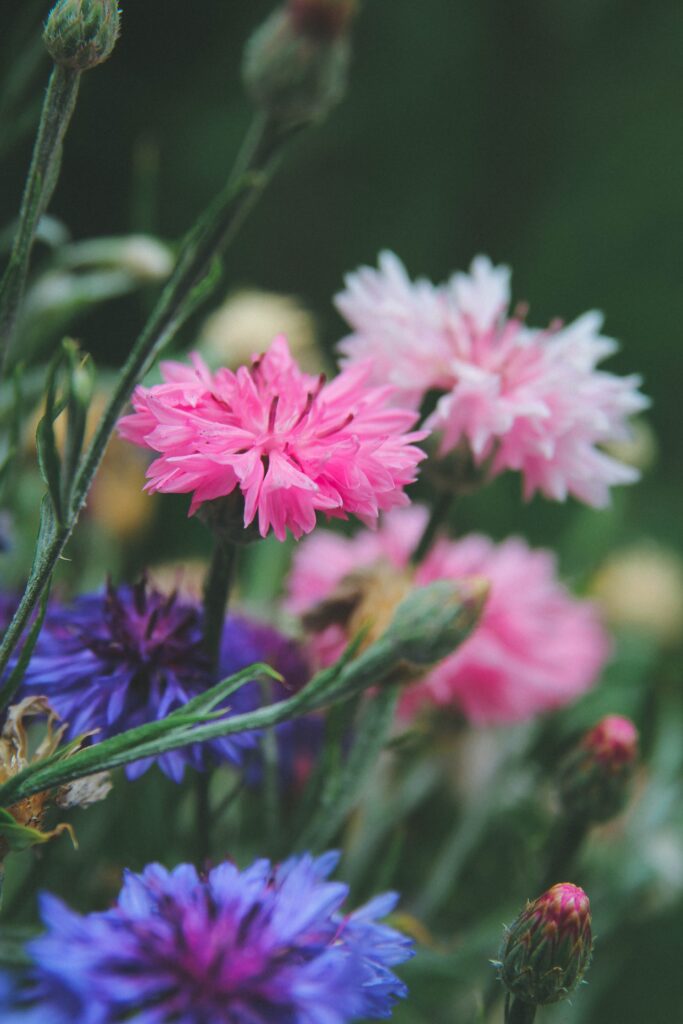
Tips for Bachelor’s Buttons Germination
Sow directly into a well-watered garden spot and cover very lightly with soil once the soil temperature has reached 60°F. Keep moist until germination occurs.
In warm climates, such as zones 9-11, you can direct sow in fall for spring germination.
Otherwise, start 3 to 4 weeks before your last frost date. Provide a moist seed starting mix and surface sow seeds. Press gently into potting mix and cover lightly with soil or perlite. Keep soil moist and transplant once the first true leaves have developed.
Germinates in 7 to 14 days.
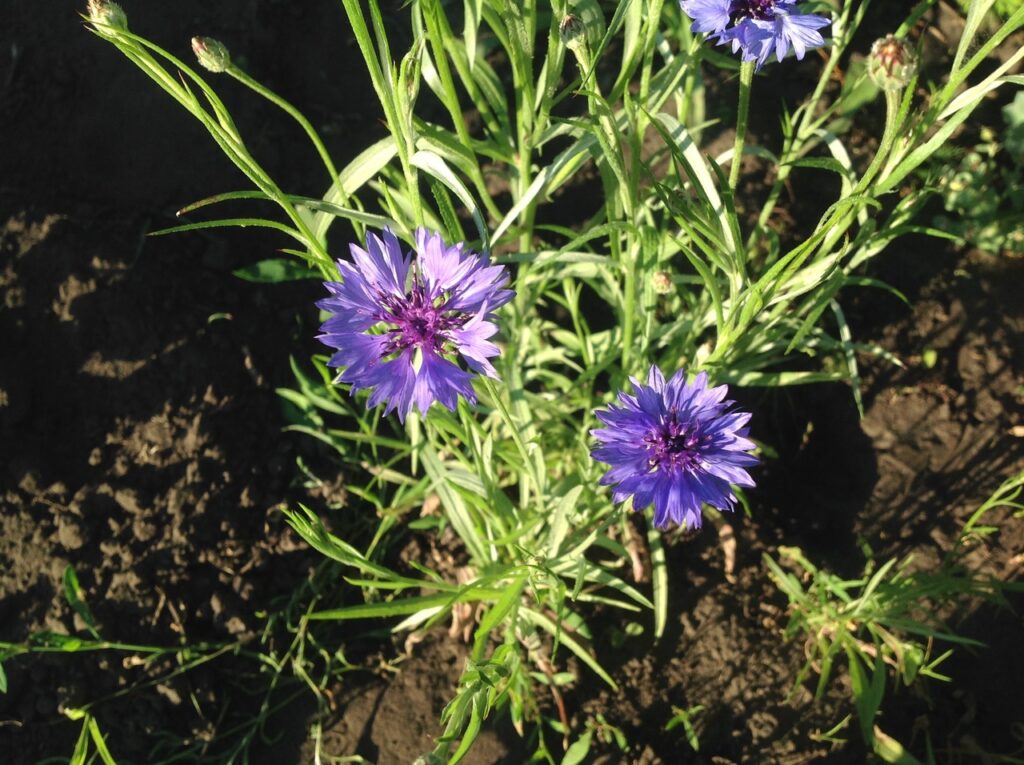
Tips for Cornflower Care
Plant Centaurea Cyanus in well-drained soil with plenty of organic matter, in full sun or partial shade and water regularly while plant establishes. Space transplants 8-12 inches apart.
Plants can reach between 1 to 3 feet tall. You may also need to stake taller plants.
Keep the soil moist until the plants become established, but once they have settled in, they are quite drought tolerant.
Fertilize once at midseason once blooms start to appear. Deadhead regularly to increase bloom. For cut flowers, harvest when blooms have opened only a quarter or halfway.
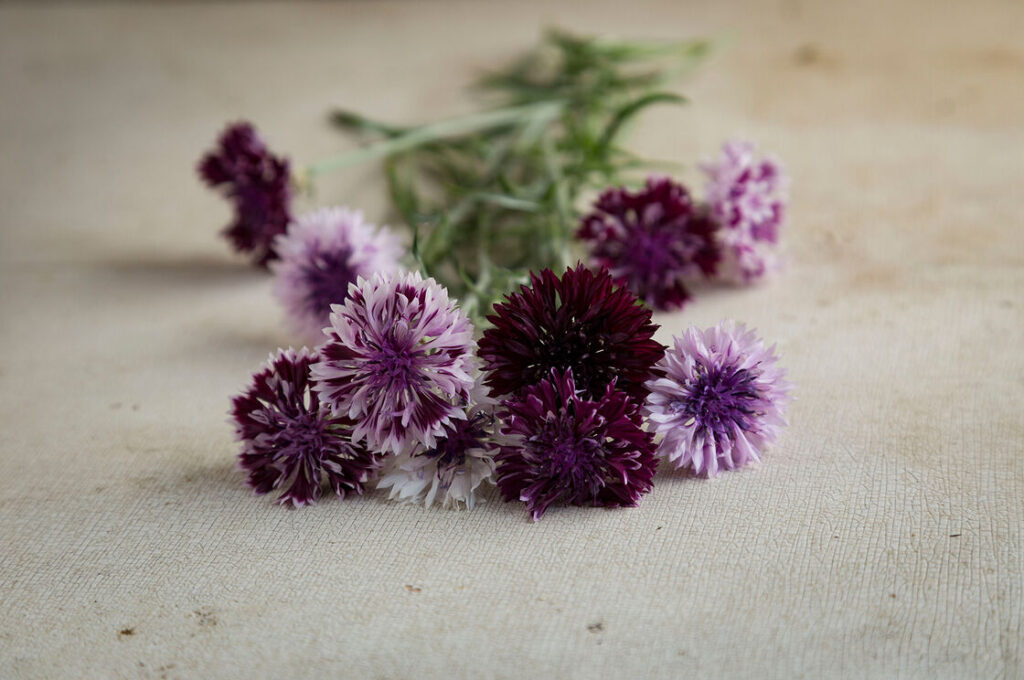
Buy Bachelor’s Buttons Seeds Here
| Species Name: | Centaurea cyanus |
| Common name(s): | Bachelor's Buttons, cornflower |
| Defining Characteristics: | Cheerful flowerheads atop tall stems |
| Temperature requirement: | Germination: 60-65°F |
| Watering frequency: | Keeps seeds moist to germinate and soil moist until plant establishes, water once a week |
| Lighting: | Full sun or partial shade |
| Soil type: | Well-draining soil |
| Growth rate: | Fast |
| Height: | 1-3 feet, depending on variety |
| Origin: | Europe |
| USDA Hardiness Zone: | Perennial in Zones 8-10, Annual in cooler zones |
| Toxicity Notes: | For more information please visits the ASPCA list of Toxic and Non-Toxic Plants list of Toxic and Non-Toxic Plants |
| Common Pests: | aphids, leafhoppers |
| Common Problems: | Root rot, stem rust, powdery mildew |
| Additional Notes: | Considered an exotic invasive in North Carolina, Tennessee, Georgia, Oregon, and Maryland. |
